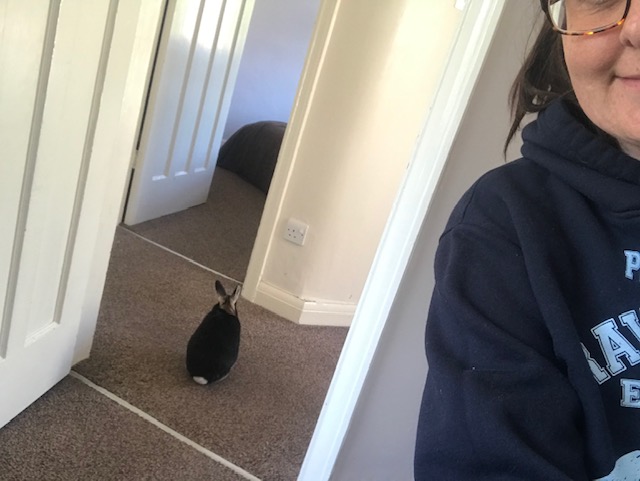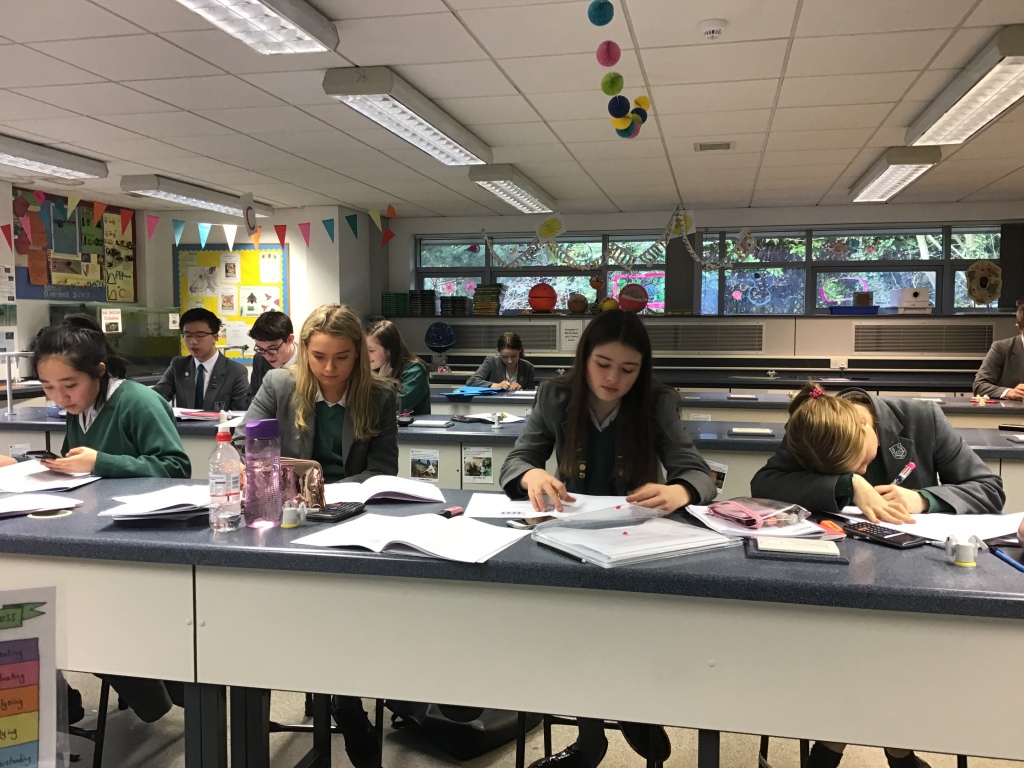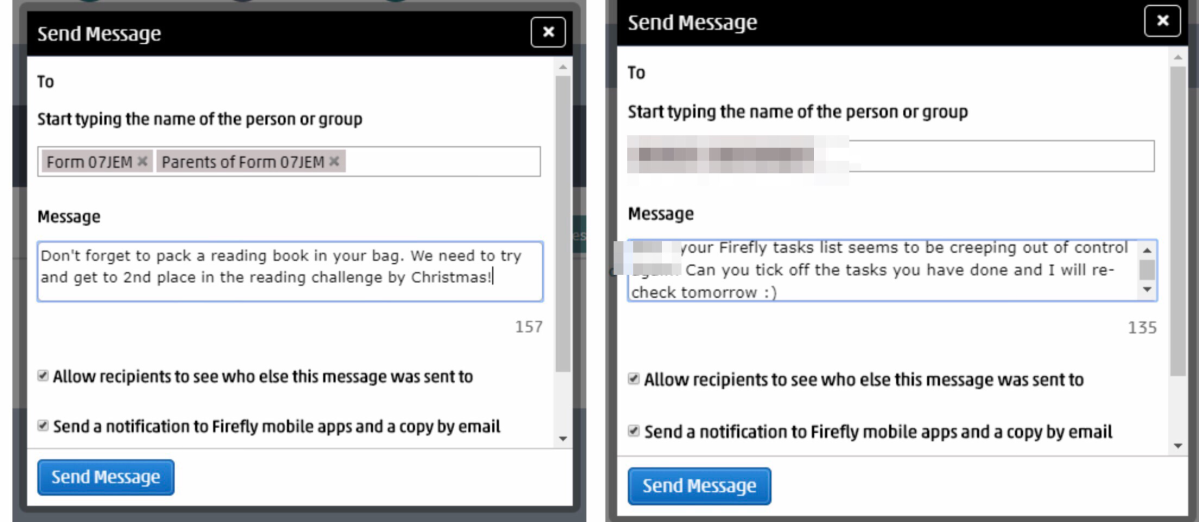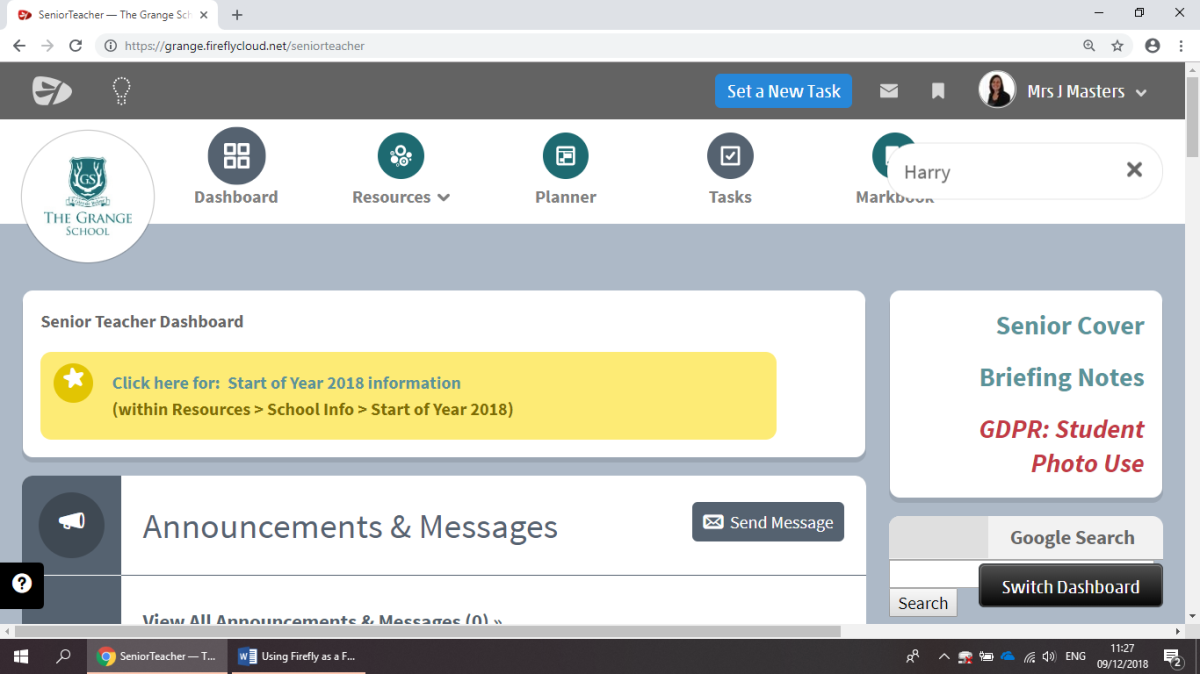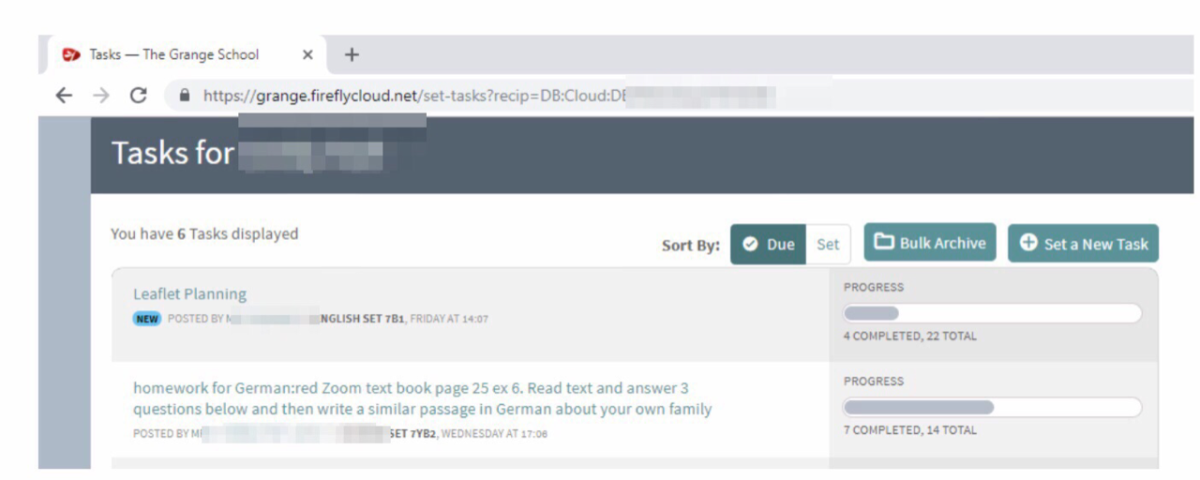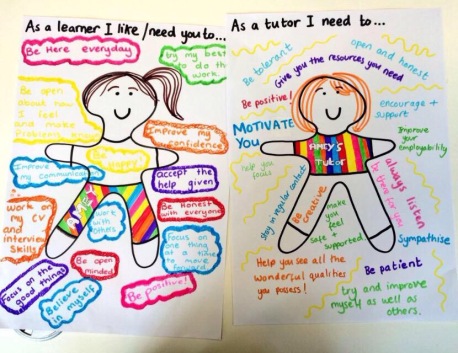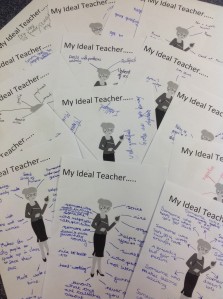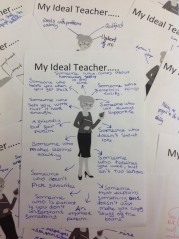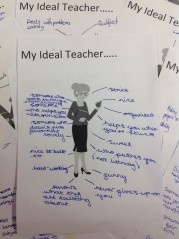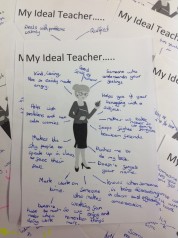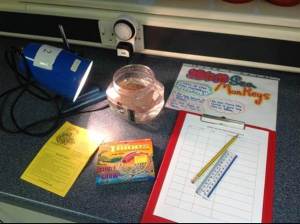6:30am: Got up, grabbed iPad and Apple pen out of the make-shift home office and headed downstairs for a few cups of coffee. Spent an hour and a half checking through work that has been submitted overnight (some of my students are becoming nocturnal!). Left some audio messages on Firefly for students who needed a little clarification and marked some random work. Sent a few “Just checking you’re ok because I didn’t recieve any work from you yesterday” kind of emails. Responded to a few emails that had come in overnight; mainly from parents arranging to collect some of my form’s books that I’d picked up from school for them yesterday, a reference request for one of my sixth form students, and a bunch of whole-school and departmental admin to read. Breakfast provided by the chef (husband).
8:00: Headed up to the spare bedroom which is my day-time home. Got everything ready for my Y7 science lesson first thing. Got Zoom set up and the breakout rooms pre-labelled for ease.
8:45: Zoom registration with my form! We chatted about end of year assessments and a few bits of admin. They’re getting really good using Zoom now.
9:10: Lesson 1 and 2 – double Year 7 Science. We had a Zoom lesson looking at 26 different taxonomic groups as part of their Classification topics. They worked in groups in their breakout rooms and I popped into rooms that needed help. Rosie the rabbit popped upstairs for a scamper and kept me company.
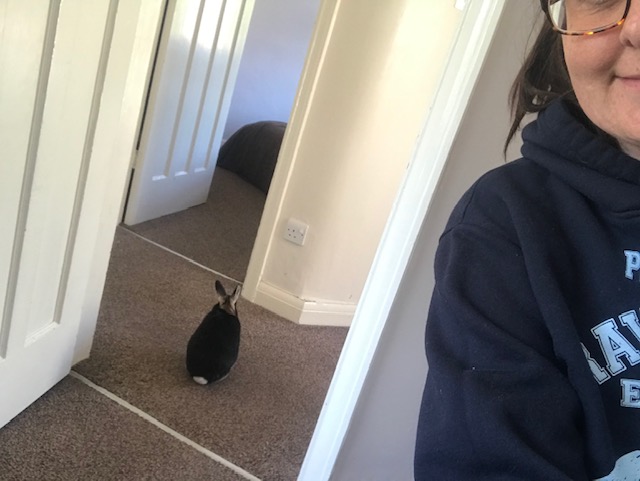
10:25 – Said goodbye to Y7 and headed to break in the staffroom (kitchen). Yesterday I got myself dehydrated so I’m trying to drink lots today. Topped up the Vimto. Grabbed a cheeky chocolate biscuit.
10:45 – I have a double free now (we’re sticking to timetable). I got my email inbox down to zero, prepped my Year 7 lesson for tomorrow and recorded a video for my Year 12 Psychology class about their end of year assessment. Scheduled Zoom sessions ready for tomorrow.
12:00 – Lunchtime! Fish finger sandwich, slice of plastic cheese and tartar sauce on a white roll. Food of champions. A few times last week we went out for a walk at lunchtime. Did about 5k in 50 mins so just fits in nicely. Would never feel able to do that if I was in school – too much going on at lunchtime. Sat downstairs, browsed Twitter and the news. Mr M came back from his day on the duty rota supervising the children of Key Workers in school. Put all of his clothes in a hot wash and made sure everything he’d take into school was disinfected. That’s another 10 days of mild anxiety ahead…
1:15 – Double Year 9. I’d pre-recorded their lesson the day before as they’re doing lots of practical work and I can’t really Zoom from the garden – it doesn’t make sense to do it live and I don’t have WiFi out there. They were doing the second half of the mark, release, recapture practical they started yesterday. I sat and marked their work as it came into me, checking their calculations. Oscar asked a great question about his snails being eaten so I checked something with my friend who is an ecologist. They had a drop-in Zoom session scheduled in case anyone was struggling, but no one dropped in today (I wasn’t surprised – I tried to make my videos crystal clear). One of them emailed me to ask for help with the equation.
2:30 – Double Year 12. I saw them on Tuesday for a live lesson but today they were learning about Succession and conservation, so I’d build a little sand pit in the garden represent the beach and found little plants to represent pioneer species etc and I’d pre-filmed it for them to watch. They then needed to answer some past paper questions. I had a Zoom drop in. One student popped on at about 4pm for 10 mins to query a word she didn’t know in the markscheme and to check a couple of marking points. Spent the lesson checking their work, and marking some odd bits of Y9 work that had come in.
4:30 – Sat downstairs and carried on marking the odd piece of work that were coming in. Added some celebratory photos to our departmental Twitter feed. Replied to a few more parental emails that had come in during the afternoon. Tesco delivery! Whoop! Food! Had a think about the best way of checking the progress of my Year 12 Psychologists in a few weeks. It’s not their Alevel course, so it’s not high on their priority list, but I want to keep their memory ticking over. I think I’m going to set them multiple choice questions because I can cover more topics and it relies on less revision, plus they have a little bit of recognition recall going on to help them. I have plenty of time to work on evaluation skills next year.
6:00 – Ate dinner. Ridiculously hot penang curry cooked by Mr M. I’m sounding like I do no cooking here but he just fancied cooking. Plus I stuck some fish fingers in the oven for him at lunchtime. Watched an episode of House of Games. Love that show.
6:30 – Did some multi-tasking. A bit of email, a bit of marking. Made sure tomorrow’s tasks are all online ready for students. I pre-set the date so they should pop up on their tasks list after midnight tonight. Tried to faff around with my laptop trying to get a microphone (purchased with my own money) to work to give my Zoom calls and videos better sound quality. No luck. Popped on Twitter to ask for tech help. Muted and blocked a few journalists who kindly suggest teachers are doing no work.
7:40 ish – The biologists had a kind of department meeting via email and Whatsapp trying to plan for the next few weeks. Checked in with some other colleagues to figure out how they’re approaching effort grades next week.
8:30 – Started writing this while multitasking with the final few bits of Y9 work coming and replying to emails. Had a check of some work some Y11 students have done on an optional Psychology course I’ve been recording for them.
9:30 – I’m going to call it a day. I’ve had a good day. I’m not feeling too stressed. One low period after a bit of a ‘forceful’ email but I’m ok now. It’s been a 15 hour day (minus 2 hours for food and chilling). I’m not moaning, but please can we stop with the headlines about teachers not working. Also, how the heck do you do this with little kids of your own at home?!
